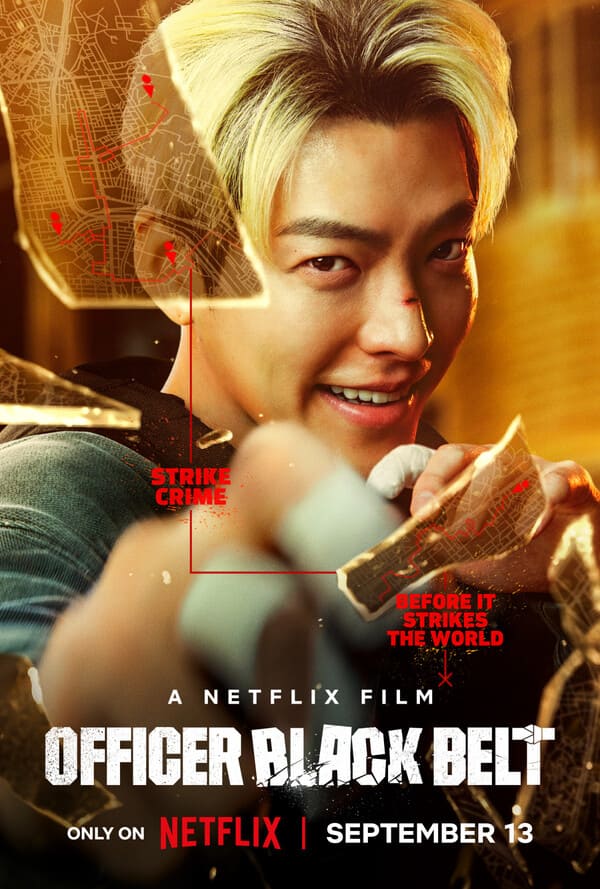As 2024 comes to a close, it’s time to celebrate the year’s best martial arts movies! From electrifying battles in Chinese town to unforgettable heroes of the 90s, and bloody showdowns inside a train and a skyscraper.
Join us as we look back on the best martial arts movies of 2024 that defined this thrilling year in cinema!



























